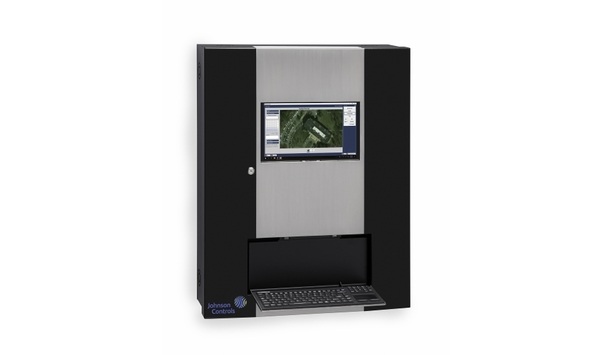Thomas Connell

Thomas Connell
Senior Product Manager, Tyco Fire Protection ProductsThomas Connell is an entrepreneurial leader, manager, and visionary with a proven track record of establishing organizational vision and implementing it in a continuously changing environment. He is an expert at building coalitions internally and with Federal agencies, state and local governments, nonprofit and private sector organizations, and international organizations.
Articles by Thomas Connell
If anyone tells you that the use of Mass Notification Systems (MNS) is a new trend, it is likely that they do not fully understand it. You have been impacted by mass notification your whole life. Surp...
News mentions
With the rising number of active shooter events in the United States, Johnson Controls has released the new Detect360 Active Shooter Response (ASR) system. The system combines reliable gunshot detecti...



























